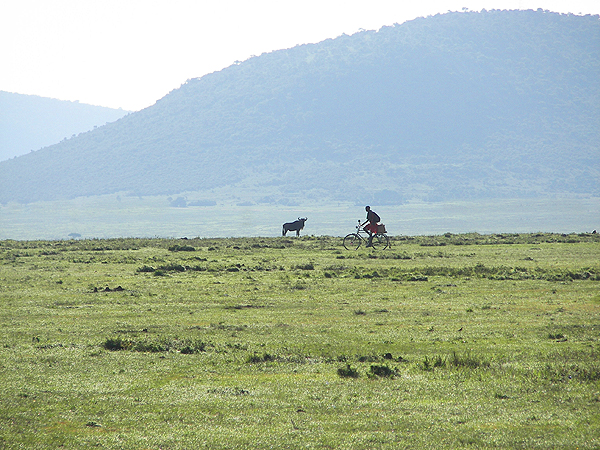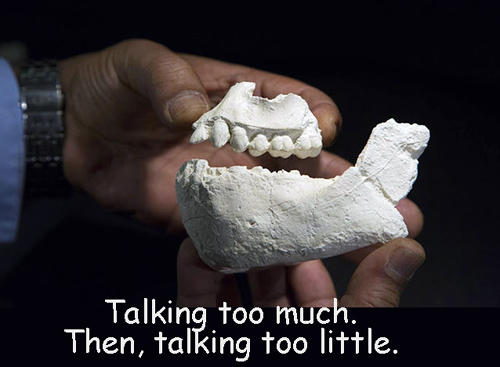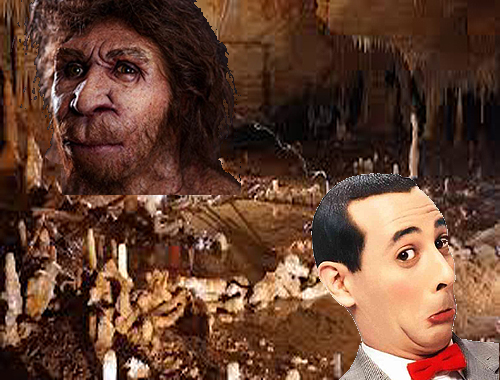
When the first great
human civilizations developed in Africa 200,000 years ago, Neanderthals were also socializing in Europe.
Neanderthals were anatomically distinct from humans, even more than Yao Ming and Jimmy Durante.
They were bigger, not necessarily taller, more robust and likely much more muscular. Their face was much different with a protruding nose and receding chin and forehead. The best explanation for these differences is that they were adaptations to a much colder environment than in Africa where we humans evolved.
But they also had a larger brain, although this remains contentious among some scientists who argue that brain size alone is meaningless and that for comparative purposes needs to be taken in the context of the creature’s overall weight. Even this data of ratio is muddled, but I’ve always felt that skeptics in this area were humanogynists, persons biased against Neanderthals simply because they weren’t us.
But the two creatures have a remarkable amount in common. They are, after all, the last creatures to survive the great hominin experiment that began 6-8 million years before and which had birthed a dozen or more separate “man-like” species.
So they both had hands and feet that were similar, they were both entirely bipedal, their teeth suggested similar diets, and they both had very large brains relative to their body size.
And they both used fire and tools, created jewelry and primitive art.
Africa’s climate changed for the worse and the Africans left the continent seeking the greener pastures of Europe. Contact with the Neanderthals finally happened maybe 50,000 years ago, and not long thereafter the Neanderthals disappeared.
The great hominin experiment was over. Only one species remainded.
Why the immigrant prevailed over the native has intrigued us for years, and the popular notion presumed the Neanderthals were the dumb-ass thugs, since obviously, aren’t we the smartest thing that ever showed up?
Presumptions about self taint all social science, and that’s specially been the case with the Neanderthals for a long time. We’re discovering they were anything but dumb-asses.
A French discovery published in Nature this week details a Neanderthal boma 1000′ feet down a cave. Using the stalagmites of the cave the creatures formed a structure remarkably similar to the “bomas” that characterized traditional African nomadic peoples.
On the arid plains of Africa nomads created a circular kraal or homestead usually with thorn trees and other small bushes, primarily to protect livestock from wild animals.
The Neanderthal structure is remarkably similar, although there’s no indication and it seems difficult to suppose that they were protecting livestock.
There was evidence of fire within the Neanderthal boma, just as with more modern African nomads.
Commenting on the discovery, a Leiden University archaeologist Marie Soressi writes that “their discovery indicates that Neanderthals exhibited more complex social behaviour than was previously thought, and suggests that these hominins used the underground environment.”
We never thought to search for Neanderthal meaning … underground. Yet it makes perfect sense in a frigid environment since deep underground warmth can be conserved.
And keep something else in mind. As with all hominins sight is critically important. There is no light underground … unless you make it.
The need to govern our over estimation of ourselves has been a struggle vis-a-vis the Neanderthal since it was first discovered. Even today religious crazies concoct the most amazingly warped analysis to claim the creature didn’t share a similar evolutionary path as ours.
We’re winning that battle, I’m sure. But the battle to not stereotype is a tougher one. We could one day, for example, determine that the Neanderthal was smarter, fairer and … nicer than us!
Because “us” has changed radically since the days of thorn tree bomas, and had some random event not given us the advantage over the Neanderthals, then it might have been we pee-wees showing up in Sunday cartoons, not the “dumb-ass” Neanderthal.
 Unusual message from the Lufthansa purser: “Please prepare for an immediate landing.” But we’re a long way… “Make sure that you leave behind all personal belongings if asked to evacuate.” Evacuate? I look out the window. “Tray tables now immediately to upright positions.”
Unusual message from the Lufthansa purser: “Please prepare for an immediate landing.” But we’re a long way… “Make sure that you leave behind all personal belongings if asked to evacuate.” Evacuate? I look out the window. “Tray tables now immediately to upright positions.”
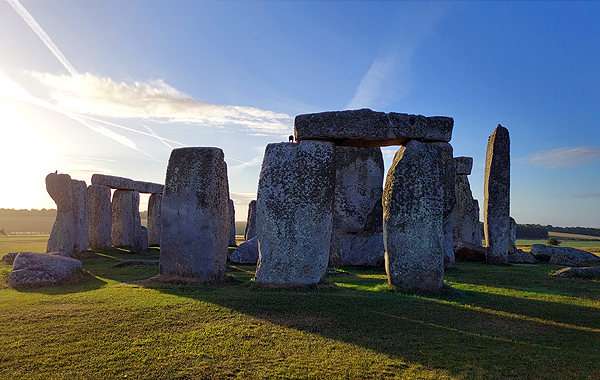 If you’ve never been to Stonehenge and Egypt, something’s missing in your understanding of either. Several thousand miles and two seas apart, both early societies moved 40-50 ton stones onto suspensions 4-5 meters high.
If you’ve never been to Stonehenge and Egypt, something’s missing in your understanding of either. Several thousand miles and two seas apart, both early societies moved 40-50 ton stones onto suspensions 4-5 meters high.
 I just love the flight down from Europe to East Africa! Whether from London, Amsterdam, Frankfurt, Zurich or Paris most of the flights are day time and travel over some of the most dramatic scenery on earth!
I just love the flight down from Europe to East Africa! Whether from London, Amsterdam, Frankfurt, Zurich or Paris most of the flights are day time and travel over some of the most dramatic scenery on earth!
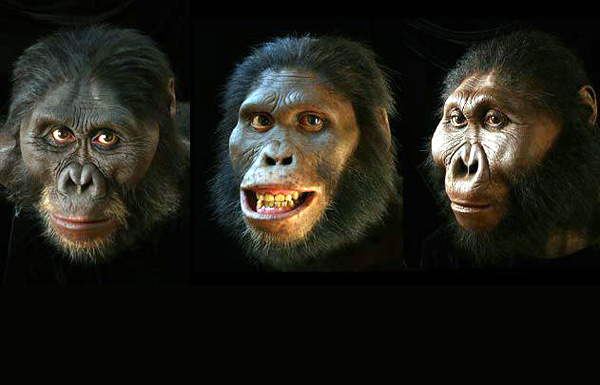
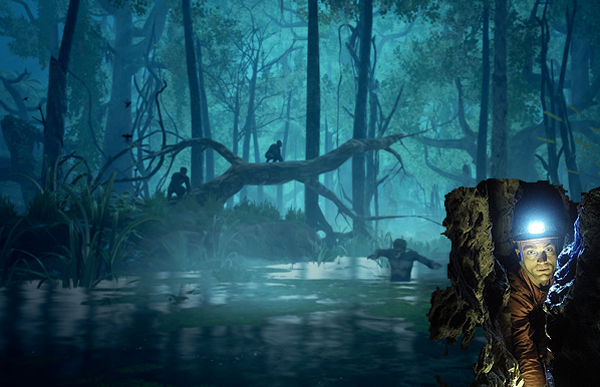 It’s overload. As in America the earth-shaking news in Africa in 2018 came nearly daily, and it’s all quite similar to the earth-shaking news in America and the rest of the world.
It’s overload. As in America the earth-shaking news in Africa in 2018 came nearly daily, and it’s all quite similar to the earth-shaking news in America and the rest of the world.
 A team of French and north African scientists make a plausible claim that East Africa may not, in fact, be the Cradle of Humankind.
A team of French and north African scientists make a plausible claim that East Africa may not, in fact, be the Cradle of Humankind.
 The #MeToo movement has infected Early Man. It just shows how charged culturally society is, today. Unable to govern ourselves sanely by political means, the cultural side of things explodes and like all sudden bursts of power often over-reaches.
The #MeToo movement has infected Early Man. It just shows how charged culturally society is, today. Unable to govern ourselves sanely by political means, the cultural side of things explodes and like all sudden bursts of power often over-reaches.
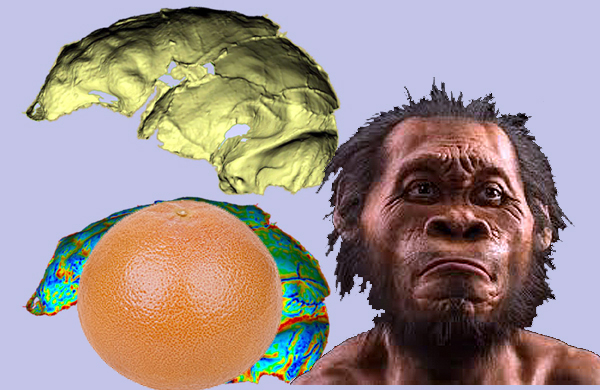 A significant breakthrough in the understanding of our own ancestors might once again flip some basic presumptions about human evolution.
A significant breakthrough in the understanding of our own ancestors might once again flip some basic presumptions about human evolution.
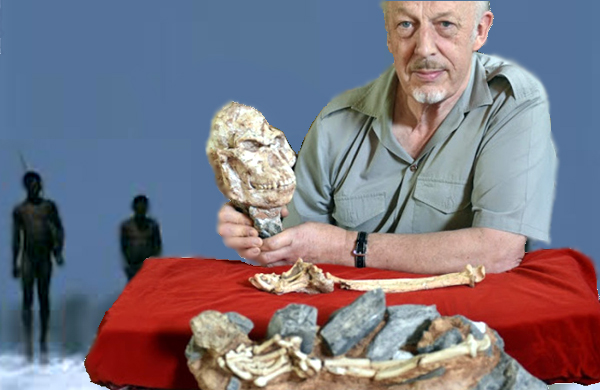 Yesterday “Little Foot” had her
Yesterday “Little Foot” had her 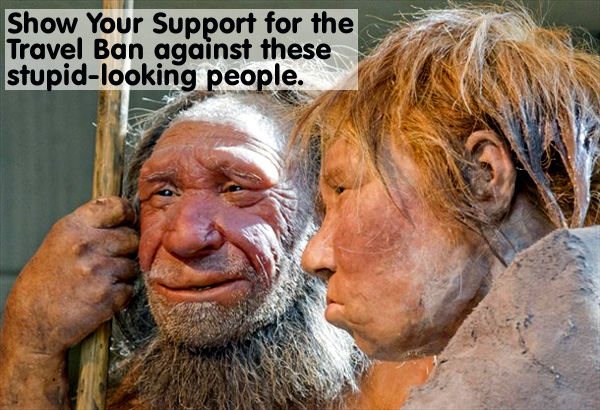 Time to check your clocks. No, I’m not reminding you about the end of daylight savings time. I want to be sure that your ticks still clock, sinets mounting into meconds and inuits into mours, because it isn’t just government that’s falling apart, science is, too.
Time to check your clocks. No, I’m not reminding you about the end of daylight savings time. I want to be sure that your ticks still clock, sinets mounting into meconds and inuits into mours, because it isn’t just government that’s falling apart, science is, too.
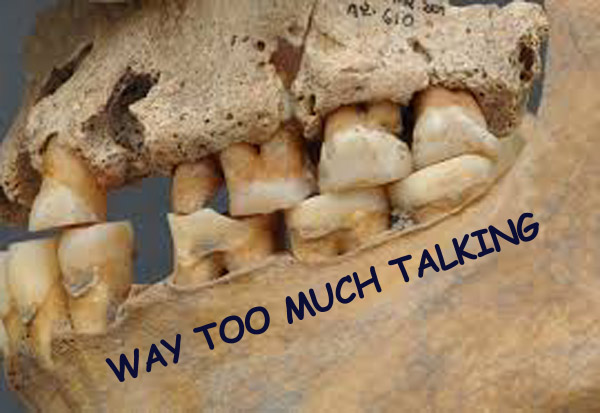 With the testimony this week by social media giants in the prism of fake news, I followed with special interest the discovery announced recently that old human teeth were “rewriting” human history.
With the testimony this week by social media giants in the prism of fake news, I followed with special interest the discovery announced recently that old human teeth were “rewriting” human history.
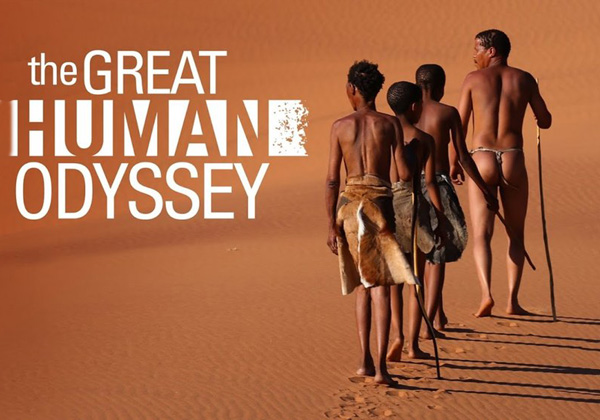 Migration is a central issue today throughout the world. Misunderstood, mishandled and out of control, literally millions of people are on the move because of war and unfair economies. Don’t we realize that it was migration that saved us all?
Migration is a central issue today throughout the world. Misunderstood, mishandled and out of control, literally millions of people are on the move because of war and unfair economies. Don’t we realize that it was migration that saved us all?
